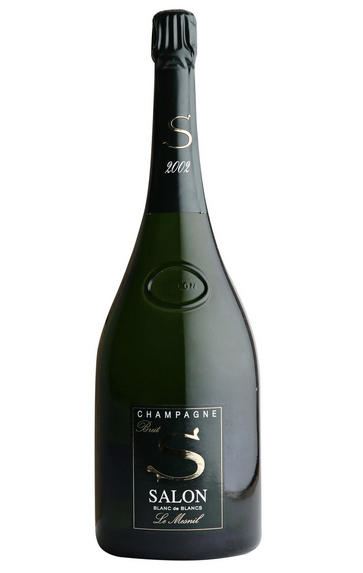
1999 Champagne Salon, Le Mesnil, Blanc de Blancs, Brut
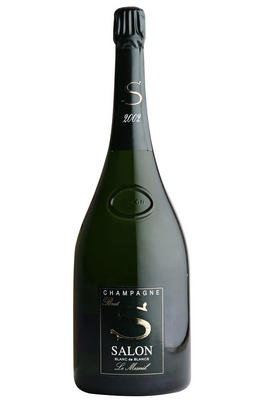
Critics reviews
David Schildknecht - 30/11/2013
About this WINE
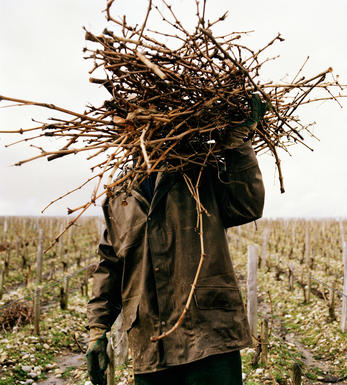
Salon
Salon, a tiny house on the Côte de Blancs, produces what connoisseurs consider to be the quintessential Blanc de Blancs. Salon produces Champagnes in minuscule amounts (50,000 bottles a year, if at all) from over 40-year-old vines in Le Mesnil-sur-Oger (one of the greatest crus of the Côte de Blancs).
Salon produces the only wine in the world not to be made every year and is on average only declared about 3 times a decade. Salon is extremely delicate, subtly rich and with age (20-30 years or more) develops notable aromas and flavours of coconut, walnut, coffee and vanilla. All champagne lovers should experience Salon at some stage. Exquisite.
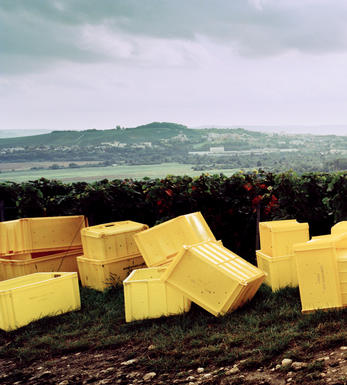
Brut Champagne
Brut denotes a dry style of Champagne (less than 15 grams per litre). Most Champagne is non-vintage, produced from a blend from different years. The non-vintage blend is always based predominately on wines made from the current harvest, enriched with aged wines (their proportion and age varies by brand) from earlier harvests, which impart an additional level of complexity to the end wine. Champagnes from a single vintage are labelled with the year reference and with the description Millésimé.
Non-vintage Champagnes can improve with short-term ageing (typically two to three years), while vintages can develop over much longer periods (five to 30 years). The most exquisite and often top-priced expression of a house’s style is referred to as Prestige Cuvée. Famous examples include Louis Roederer's Cristal, Moët & Chandon's Dom Pérignon, and Pol Roger's Cuvée Sir Winston Churchill.
Recommended Producers : Krug, Billecart Salmon, Pol Roger, Bollinger, Salon, Gosset, Pierre Péters, Ruinart
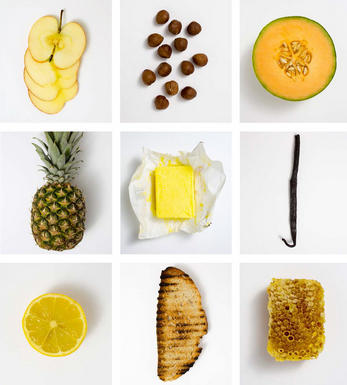
Chardonnay
Chardonnay is often seen as the king of white wine grapes and one of the most widely planted in the world It is suited to a wide variety of soils, though it excels in soils with a high limestone content as found in Champagne, Chablis, and the Côte D`Or.
Burgundy is Chardonnay's spiritual home and the best White Burgundies are dry, rich, honeyed wines with marvellous poise, elegance and balance. They are unquestionably the finest dry white wines in the world. Chardonnay plays a crucial role in the Champagne blend, providing structure and finesse, and is the sole grape in Blanc de Blancs.
It is quantitatively important in California and Australia, is widely planted in Chile and South Africa, and is the second most widely planted grape in New Zealand. In warm climates Chardonnay has a tendency to develop very high sugar levels during the final stages of ripening and this can occur at the expense of acidity. Late picking is a common problem and can result in blowsy and flabby wines that lack structure and definition.
Recently in the New World, we have seen a move towards more elegant, better- balanced and less oak-driven Chardonnays, and this is to be welcomed.


Buying options
Add to wishlist
Description
No Christmas Eve is complete without a glass of special Champagne and if you’re looking to splash out, you can’t go wrong with Salon.
Lenka Sedlackova MW, Agency Manager
The Salon 1999 Brut Le Mesnil disgorged already in 2011 and dosed with a pretty typical six grams of residual sugar displays faintly fusil and quarry dust notes as well as hickory nut, almond, walnut and toasted wheat piquancy on the nose. Polished and subtly creamy in texture yet brightly juicy with apple and lemon, this displays an uncanny sense of lift and refinement, perfectly complementing the honeysuckle and heliotrope perfume that waft inner-mouth. You could lose yourself in the ineffability of this wines floral diversity and in its resonantly nut and grain low tones. Hints of apple pip lend subtle additional piquancy on a long and at once soothing as well as stimulating finish, with suggestions of oyster liquor becoming prominent as the bottle stands open for a few minutes, and serving to milk the salivary glands for all that they are worth. Follow this for at least a decade.
David Schildknecht - 30/11/2013
wine at a glance
Delivery and quality guarantee